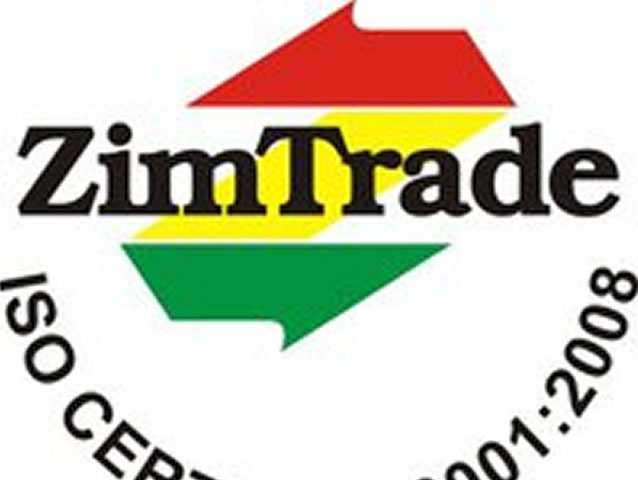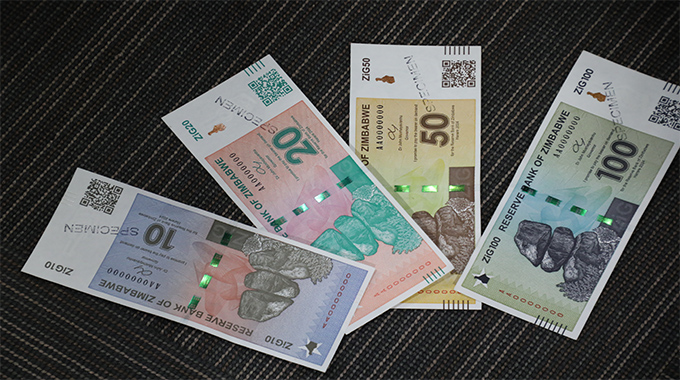Zim trade deficit narrows in first 2 months

Oliver Kazunga Senior Business Reporter—
ZIMBABWE’S trade deficit stood at $380 million in January and February, narrowing from $466 million in the same period last year. Economic analysts say the trend reflects a relatively depressed domestic production, weak commodity prices and declining capacity to import. Figures released by the Zimbabwe Statistics Agency (Zimstat) last week reveal that the country imported goods valued $839 million in the first two months of the year compared to $459 million worth of exports in the same period.
Last year, the country registered an annual trade deficit of $3.3 billion. Economic analysts attribute the narrowing of the trade deficit in the first two months to a number of factors including policy interventions adopted by the government recently.
“The reduction in the country’s imports in the first two months of the year can be attributed to a number of duty increases the government has effected as part of efforts to discourage imports and promote consumption of locally produced products,” said an economic commentator, Wendy Mpofu.
“Zimbabwe costs coupled with the strengthening of the United States dollar against regional currencies are some of the factors underlying the country’s trade gap. “As a country, we need to appreciate efforts being made by the government in trying to discourage foreign commodity consumption while promoting usage of locally manufactured goods.”
In the 2016 national budget, Finance and Economic Development Minister Patrick Chinamasa outlined the government’s ban on importation of second hand clothes and shoes, removal of basic goods from travellers’ rebates and an increase on surtax by 10 percent on second hand light motor vehicles.
Mpofu also attributed the narrowing of imports in the first two months of the year to the recent tightening of import permits issuance by the government. “You might also be aware that the government has tightened the issuing of import permits in the past few months.”
Another economic commentator, Peter Mhaka echoed similar sentiments and hoped the government will not limit the importation of some products which local industry was not able to supply.
The liquidity crisis associated with the first months of the year has also been cited as the reason for reduced businesses and consumers’ spending. During the period under review, maize, rice and crude oil topped the imported products list, mainly as a result of food shortages due to drought.
The government announced that the country would be importing maize from regional countries such as South Africa as well as from South America. On the exports list, tobacco, minerals and wood products were the major products.
The Confederation of Zimbabwe Industries (CZI) president Busisa Moyo is on record saying the country’s import bill rose to about $18 billion over the last five years as the influx of cheap imported commodities mainly from South Africa and the Far East continues.
The industrial representative body has implored the government to come up with robust measures aimed at balancing the country’s imports and exports. Since February 2009, when Zimbabwe adopted a multi-currency system, the country has become a net importer of finished products like clothing and footwear, food and automobile products as local companies are failing to increase capacity utilisation to competitive levels.
This is largely due to operational constraints being faced by industry.







Comments